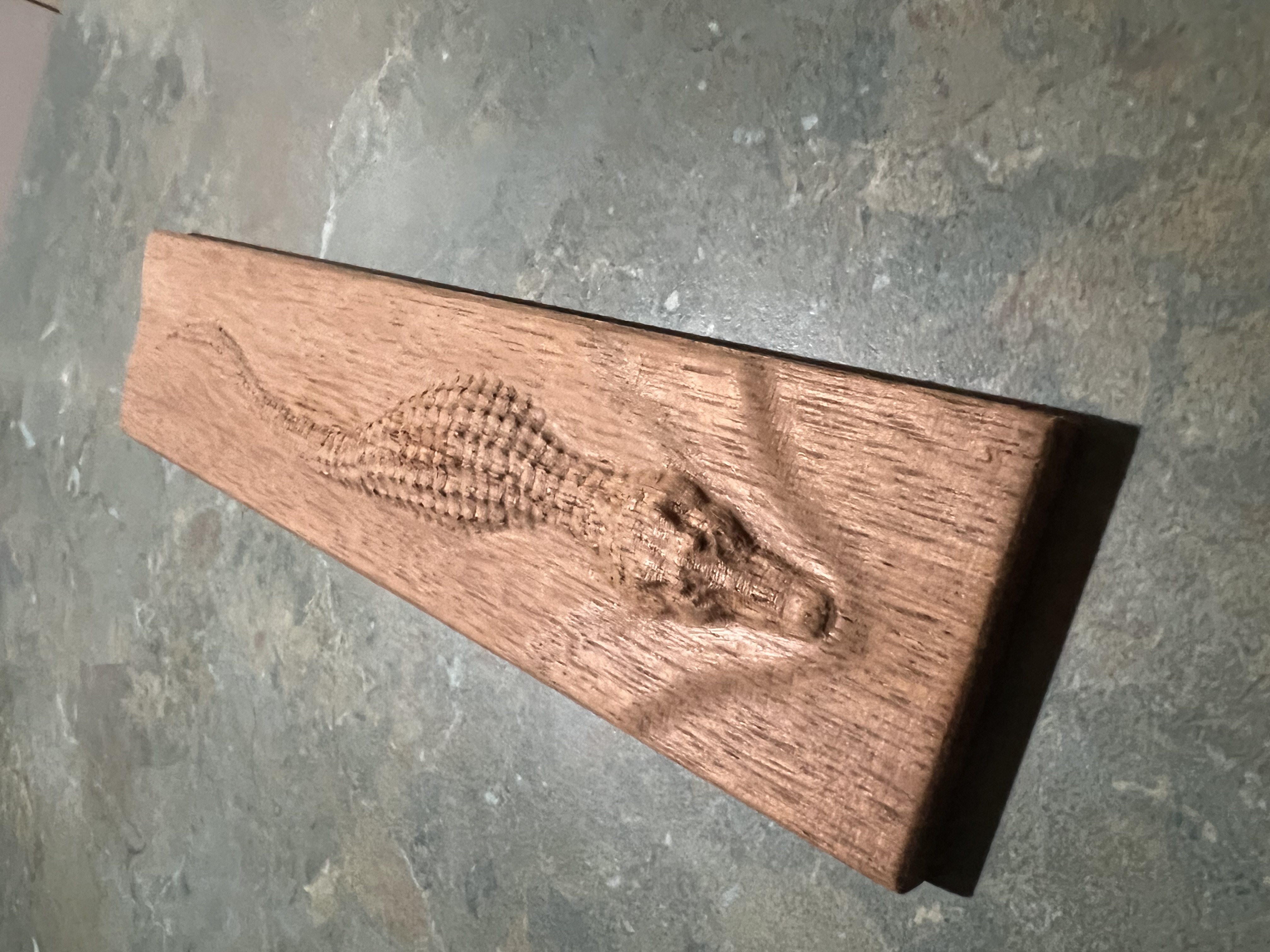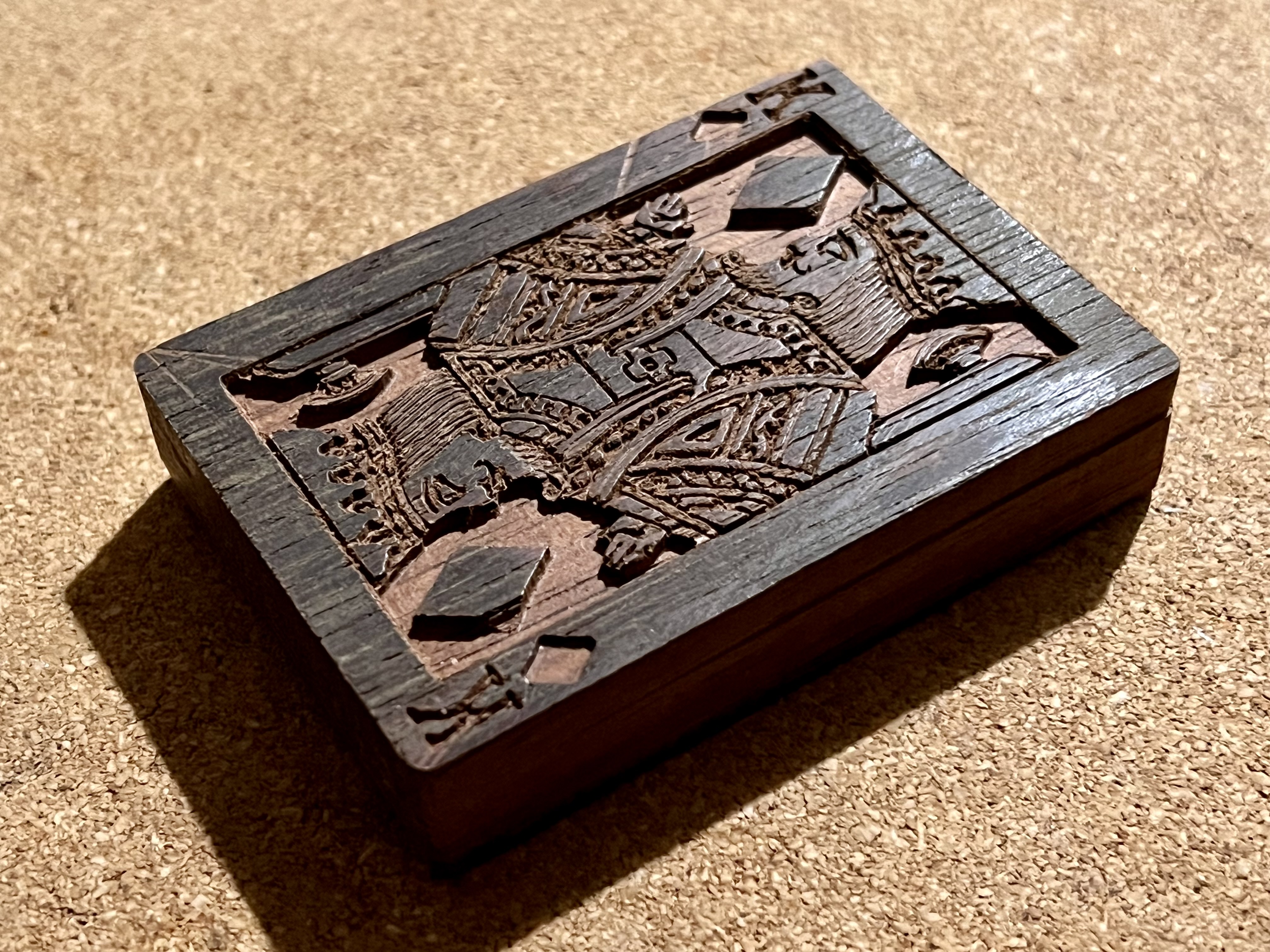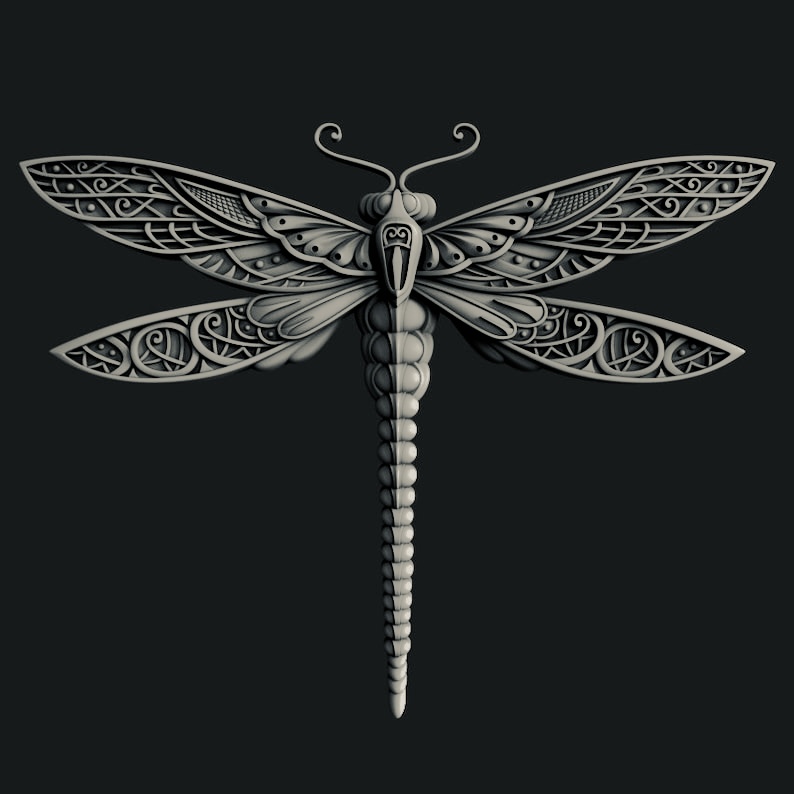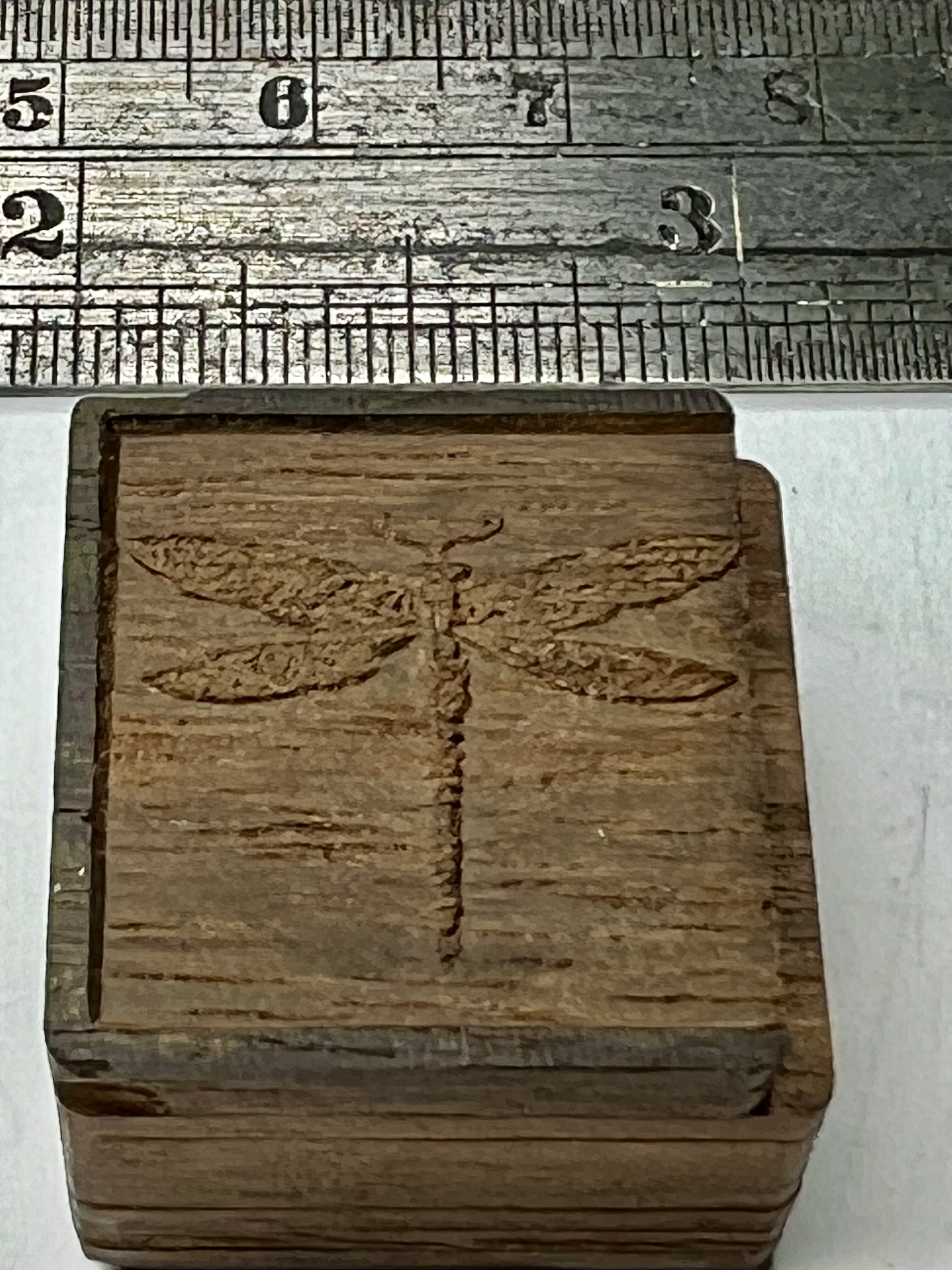Thanks Charlie, Joe for this discussion. It’s an exciting topic that has me glued to watching professionals on line do such amazing complex inlays. Eventually I will get to try it. I have only glanced through this for now but it’s going to take a good session of study to get to grips with it all.
Russ







